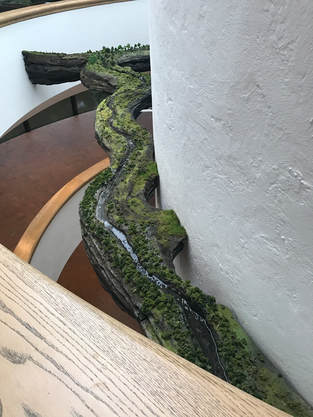
Kathleen Vance is a Brooklyn-based artist who creates beautiful wetland landscape sculptures, small and large. These are not fountains, they are recreations of woodlands and wetlands that may be as small as a purse or massive installation pieces. The larger work came first before it became “miniaturized.”
“I had been making large scale immersive environmental structures with the idea that people could physically enter the installations,” she says. “The Traveling Landscapes build from vintage cases were a way to create this feeling in an illusionary way, where viewers could imagine what it would be like to be in the miniature landscapes.”
Vance says she has a strong connection to nature and that, to her, walking in the forest is an enchanting experience that helps her realign her senses and thoughts. Her work converts the actual sensations in nature into something shareable.
“Translating this feeling to my sculptural work involves recreating aspects of the forest environment that I felt a personal connection with,” says Vance. “Light and scale are important components; I imagine myself at the scale I am working and like to have moments of discovery within the works.”
See more at vanceartworks.com
“Water is the most important resource that we have as humans and I feel it is something to enjoy as a natural event in the outdoor environment. But we must take care to protect and make sure our waterways are clean. I create works that incorporate flowing water to show the strength and fragility of the ecosystems around waterways,” says Vance. “Achieving this is sometimes a challenging task, as I don't like for the engineering aspect of a project to get in the way of people enjoying my works. In the Traveling Landscapes, the most difficult aspect is transforming a suitcase or vintage into a vessel to hold water. These works mimic the way water acts in the natural world, so when you see water flow along the surface of the landscapes, it is also filtering down below into a hidden reservoir. So the cases themselves act as the basin of a reservoir to hold and capture the water which is recycled through the sculptures.”
The work recycles the water that is part of the art while the suitcases themselves are recycled into pieces of art. There is something appealing about any art that takes something that might wind up in a landfill and turns that item into something beautiful. These pieces, either the larger installations or the small Traveling Landscape work, have an almost hypnotic quality to them, which dovetails with Vance’s intent.
“I hope that people gain a moment of respite from their daily routine. We can get so lost in the everyday goings on that we often don't get a chance to enjoy and experience some of the magical moments in nature,” she says. “I want to convey and capture a moment of wonder, that whisks a person away (at least in their mind) to a point of encounter with nature.”
“We should take care to maintain a balance with nature. There is a fragile balance in natural ecosystems that when it is disrupted can have catastrophic effects,” she says. “In my works I am conveying the preciousness of nature and while it is something to enjoy, we should do so in a respectful way.”
The Traveling Landscape work needs suitcases and the vintage suitcases and steamer trunks Vance uses all have individual and, generally, irretrievable, histories of their own and you won’t find them at a department store.
“I look for vintage cases that are from a time where travel was done at a slower pace, and somehow the world itself seemed larger. The distance between has not changed, just the ease in getting there. I feel an attraction to the romantic idea of travel, with a beauty to older style of suitcases and luggage. Steamer trunks with wooden sides and metal ornamentation were built to last across long sea voyages, and that masterful construction is evident today as there are many that are held as heirloom items, or still used today as storage. Train cases seem to have a glamorous level of style,” she says. “I image the traveler who is possibly coming to a place for the first time (perhaps not to return) and what they would bring with them.What are the precious objects and what they long to have or what they have left behind? In a philosophical way, I relate the cases as a marker for travel, without the actual utility of their use, they act as metaphors for travel and containers for the most precious and necessary objects and needs.”
Vance says she is grateful for friends and colleagues always being on the lookout for these vintage, specialty cases. She is also always checking out thrift shops and antique stores for her next piece.
“I am developing works that look at the larger systems that feed groundwater access points. Creating sculptural installations with running water presents unique challenges at each site,” she says. “I am creating plans for permanent, larger public works that capture the wonder of the wilderness while presenting a level of informative engagement.”
You can see her Traveling Landscapes in Baggage Claims, a traveling exhibition at the Peeler Art Center (DePauw University) through December 9, 2018. It will then be on view at the Weisman Art Museum (University of Minnesota). Rockelmann & Partner () are showing her pieces this month (November, 2018).
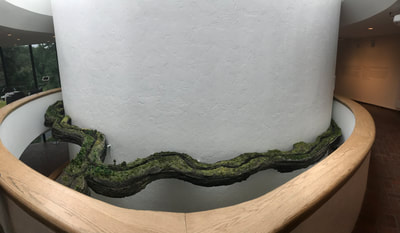
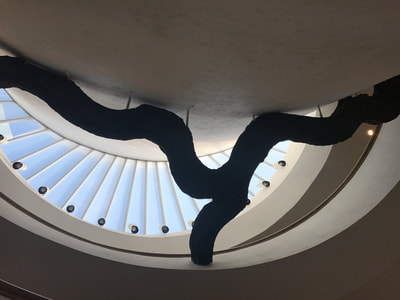
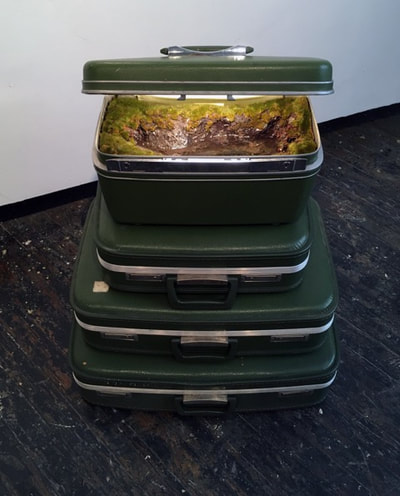
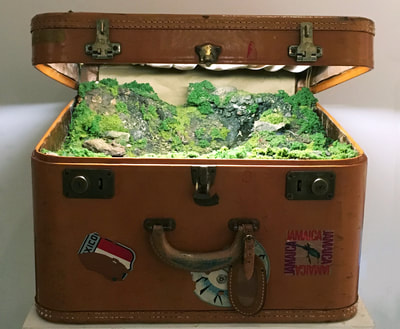
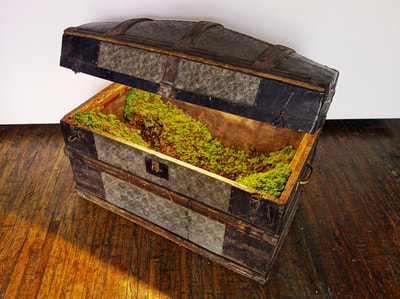
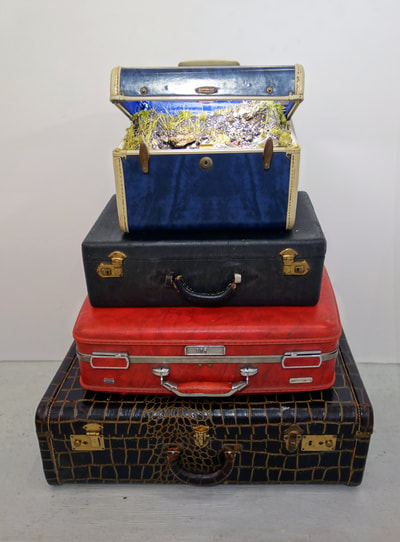
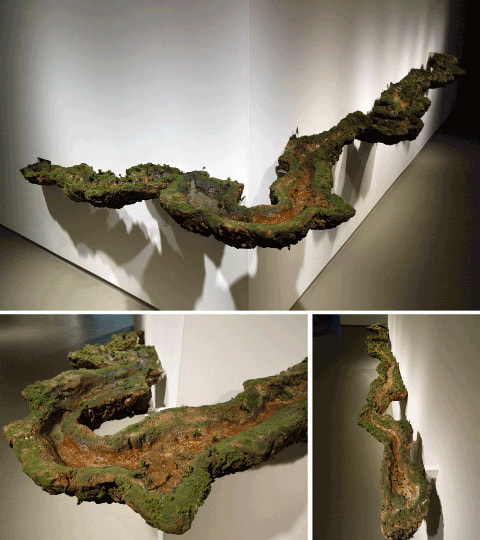
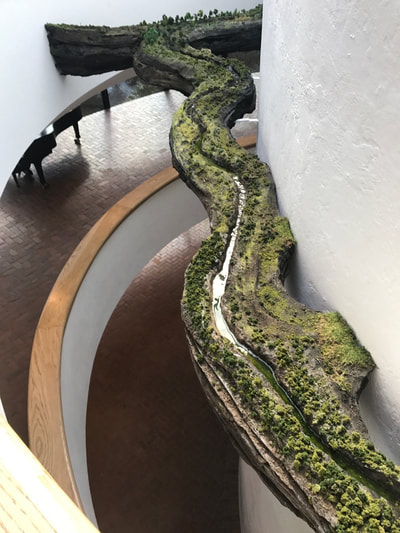
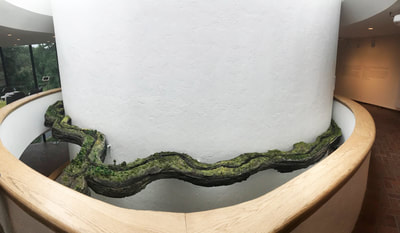
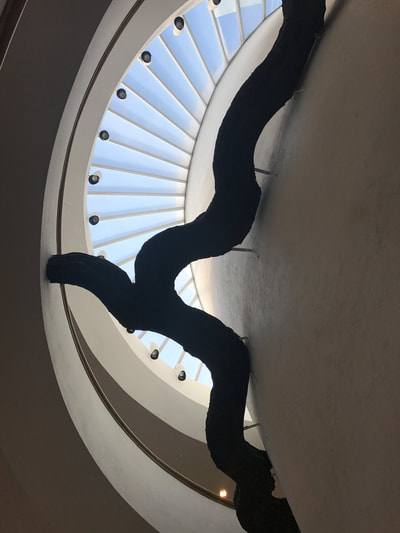
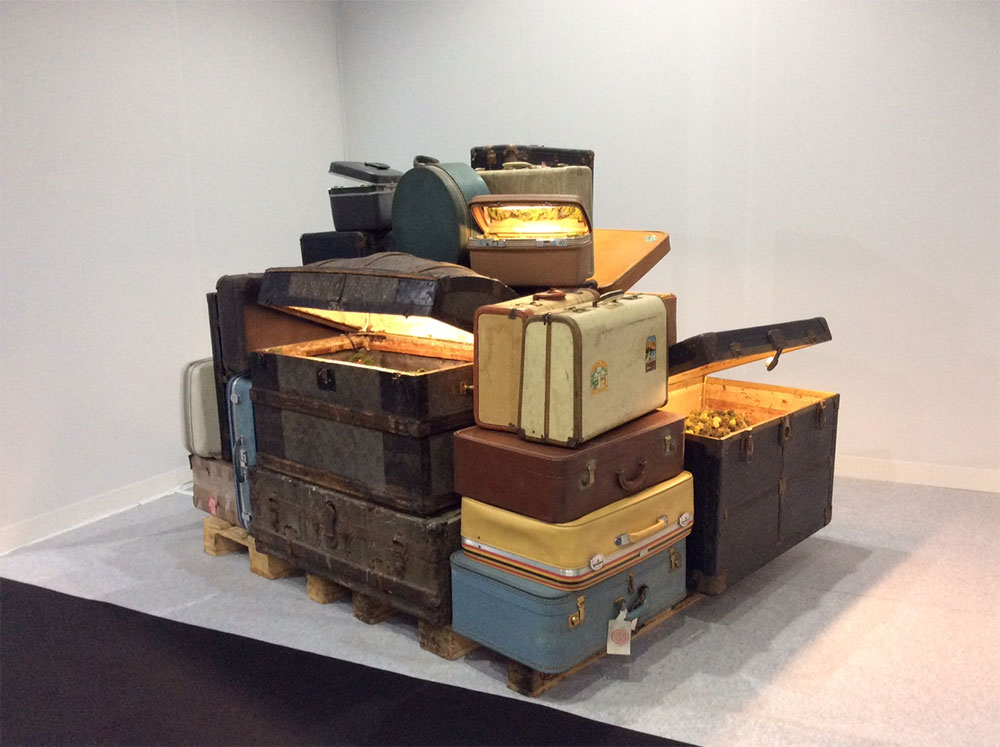
 RSS Feed
RSS Feed